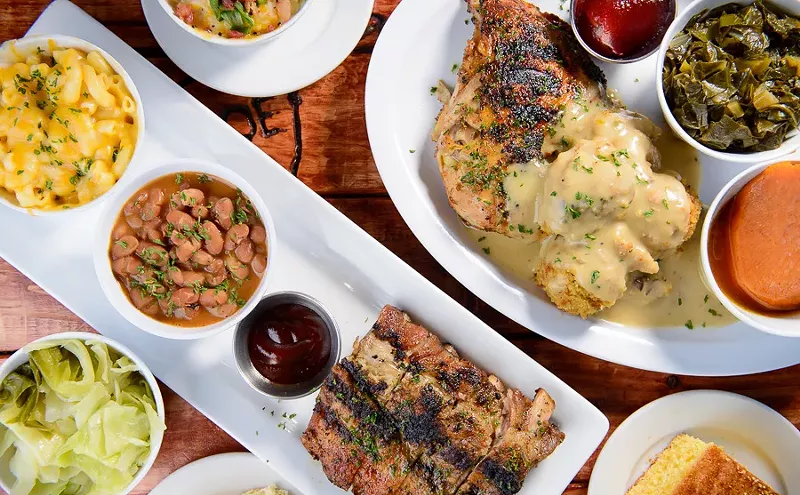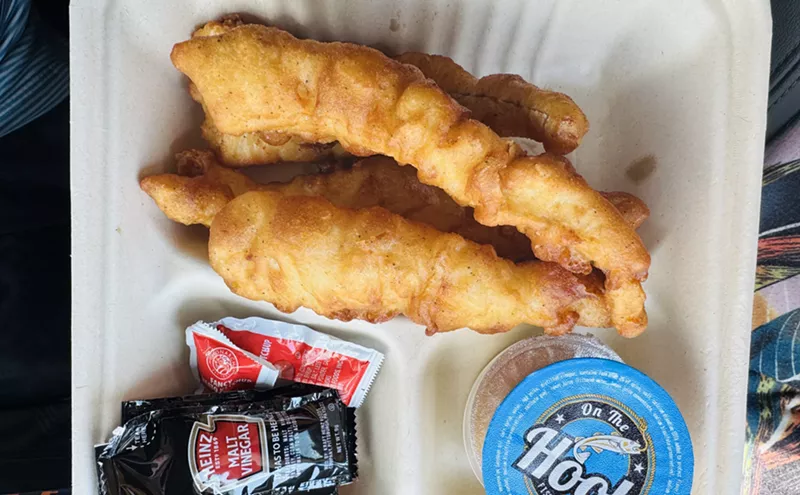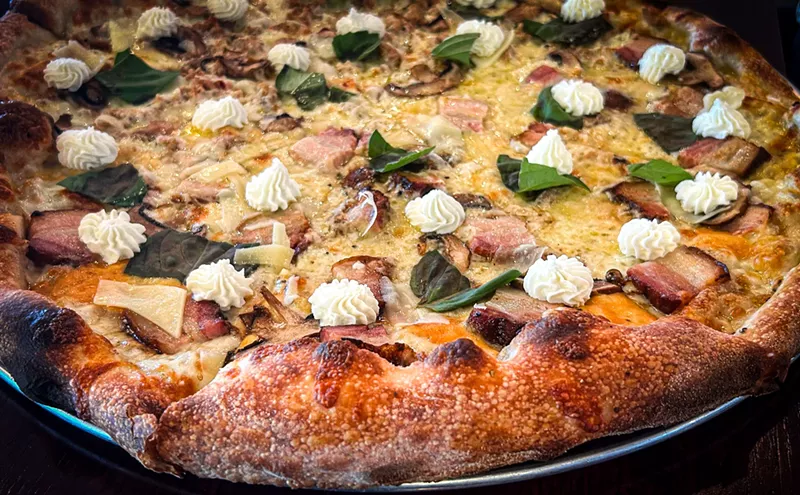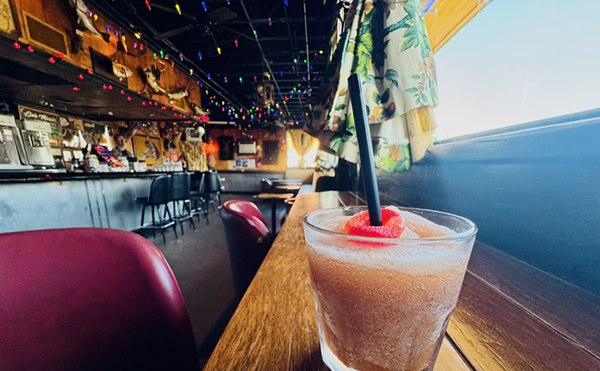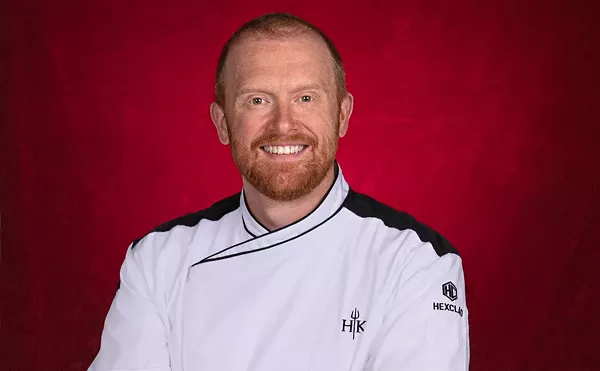Deeply rooted in the rich traditions of the Jewish people is the potato latke.
Born of the shtetl and carried to this country on the taste buds of immigrants, the potato latke, a.k.a. the potato pancake, is a Chanukah celebration side dish, a distant cousin to the hash brown -- extra crispy, golden brown, quite greasy actually, which is where the thing tracks back on itself: In 200 BC, the Maccabees, celebrating their military victory over those who wanted Judea to adopt the Greek culture, watched as a smidgen of oil miraculously kept the lights on in the Second Temple for eight days. Today, to commemorate the event, a boatload of oil keeps potato latkes frying.
Because this year, Thanksgiving falls so close to the first day of Chanukah (December 1), my family, in what seemed like a moment of Seinfeldian Festivus, decided to celebrate Fake Chanukah. We received special dispensation for this from my nephew Brian, a rabbi who assured us that as long as no Chanukah blessings were chanted during the lighting of candles, and no children were harmed in the distribution of presents, our traditions would be upheld. Only made sense: My oldest son, Adam, who lives in New York, and my niece Lisa and her family who live in Houston, were already here for Thanksgiving, and what better way to honor another holiday tradition: the gift receipt. The prospect of exchanging an unwanted present within days of its purchase was its own miracle.
So at 6 p.m. on the Saturday following Turkey Day, 20 grease-seeking adults, eight children of all ages and 13 pounds of potatoes converged at our house. To offset the carb-rich latkes, tradition calls for the serving of a meat dish, flanken, which in our house is Yiddish for Dickey's Barbecue.
Unbeknownst to the many, a few of us -- wife Esther, sister Florence, two nieces, myself -- had met earlier in the kitchen. Cuisinart and frying skillets at the ready, we opened the sacred text of Tina Wasserman, local Jewish cooking High Priestess whose new cookbook, Entree to Judaism, contains a latke recipe different from the one she's had been preaching about for years. The old recipe calls for combining cooked potatoes with raw, not so with the new, which only uses raw before frying. "I was trying to make the recipe more user-friendly, but there is no right or wrong way to do it," Wassersman would later tell me. "One is not better than the other."
Good to know because my wife has been using the older incarnation for nearly 10 years, and Fake Chanukah or not, has no intention of changing. "The cooked potatoes act as the glue to hold the latkes together and gives them their shape," she maintains.
Both Wasserman recipes call for the grating of six large raw potatoes, though we used more than three times that amount because of the put-it-away proclivities of ravenous relatives. Wasserman recommends using California long whites or Yukon Gold; we used raw Yukon Gold, which we sliced and placed, peels and all, into the Cuisinart, which grated them into mozzarella-like shreds.
Per the old recipe, we then combined these raw potatoes with the sturdier Russet Idaho after the latter had been peeled, boiled and mashed -- that's six raw to every two cooked,
emphasized my wife. To this potato combo, we added the following: pulverized raw onions (one per every six Yukon Gold), three eggs beaten well, 2 ½ tsp of salt, ½ tsp of freshly ground pepper and ½ cup of matzo meal. None of this is an exact science; it's more like you are channeling your inner Nana and cooking by feel.
Now it was time to take the heat: standing over the hot skillet, getting the oil to boil, dropping mounds of potato mush into the pan, dodging oil spatters as you fry both sides until golden brown, fighting off poaching relatives when they insist on an advance taste. Only then comes the hard part, the choice that has caused consternation amongst the Jewish people through the generations: which topping to use -- apple sauce or sour cream. But once the choice is made, a cacophony of flavors and textures await: sweet, sour, salty, crunchy, crispy, creamy, smooth -- and we realize what the Maccabees were fighting to preserve in the first place. After all, we could all be cooking spanakopita.



